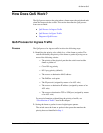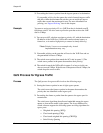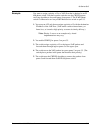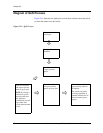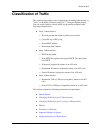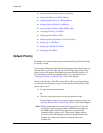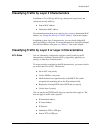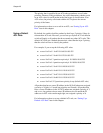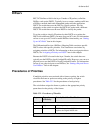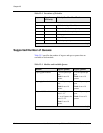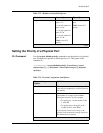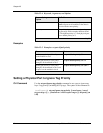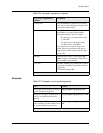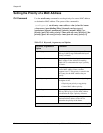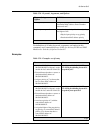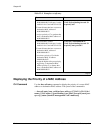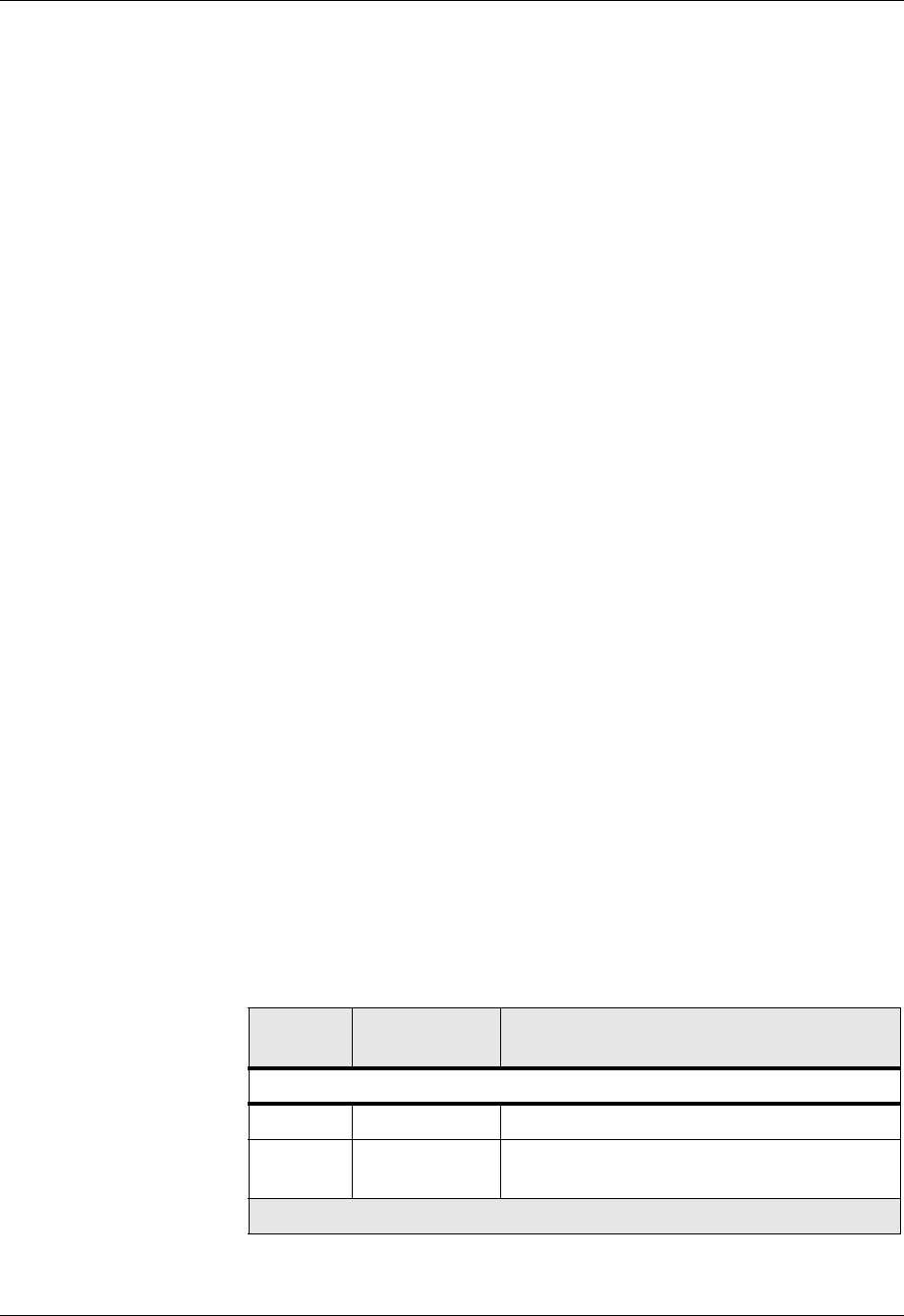
Document No. 10-300077, Issue 2 25-11
80-Series QoS
Diffserv
RFC 2475 defines a field in the layer 3 header of IP packets, called the
DiffServ code point (DSCP). Typically, hosts or routers sending traffic into
a DiffServ network mark each transmitted packet with the appropriate
DSCP. The switch then uses the DSCP to classify packets. You can
alternately set the switch to replace the DSCP in a packet with a different
DSCP. The switch then uses the new DSCP to classify the packet.
To set the switch to classify IP packets by their DSCP or to replace the
DSCP with a different DSCP, you must set up an ACL rule. For information
on how to set up an ACL rule to enable DiffServ functionality, see “Setting
Up an ACL Rule” later in this chapter.
The Differentiated Services (DiffServ) Mapping Table associates specific
DSCP values with specific priorities. You create these associations by
assigning priorities to DSCPs. For information on how to assign priorities to
DSCPs, see “Assigning a Priority to a DSCP” later in this chapter.
Because the DSCP is located in the layer 3 header, the switch does not
typically use the DSCP to classify bridged IP traffic. However, you can set a
physical port to use the DSCP to classify bridged IP traffic. For information
on how to set a physical port to use DiffServ, see “Setting a Physical Port to
Use DiffServ” later in this chapter.
Precedence of Priorities
If multiple priorities are associated with a frame or packet, the switch
classifies the frame or packet according to the priority of highest
precedence. See Table 25-2 for the precedence of each priority.
The switch then assigns the frame or packet to the appropriate priority
queue based on the priority of the frames.
Table 25-2. Precedence of Priorities
Layer Precedence
of Priority
Priority Used for Classification
Layer 3
High ACL rule priority
DSCP in the packet or DSCP that the switch
replaces the original DSCP with
1 of 2



